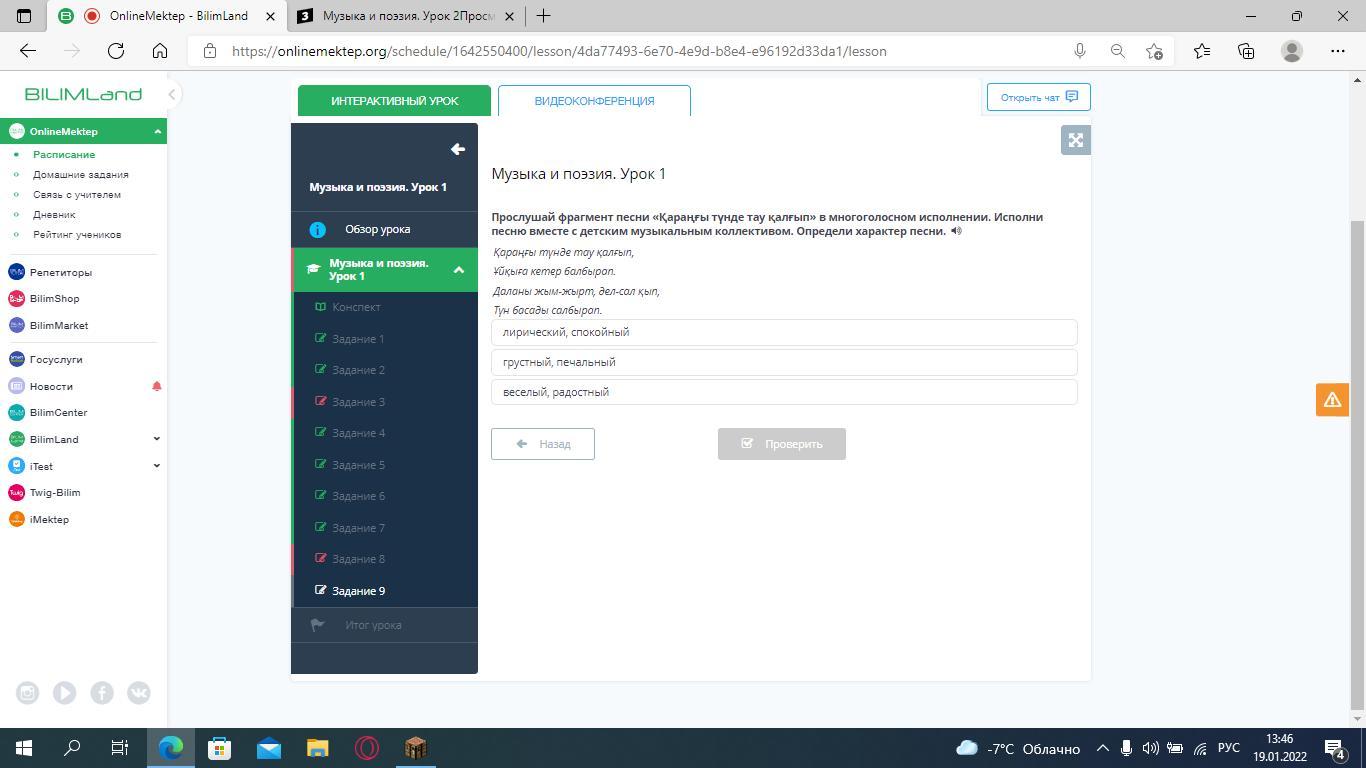Предмет: Музыка,
автор: sslapin534
Помогите с музыкой даю 10 баллов
Приложения:

Ответы
Автор ответа:
1
Веселий ,радісний тримай
Похожие вопросы
Предмет: Русский язык,
автор: ксана2
Предмет: Технология,
автор: владик133
Предмет: Английский язык,
автор: KataaleMtalesit
Предмет: История,
автор: lilly2006
Предмет: Русский язык,
автор: viktoriys27